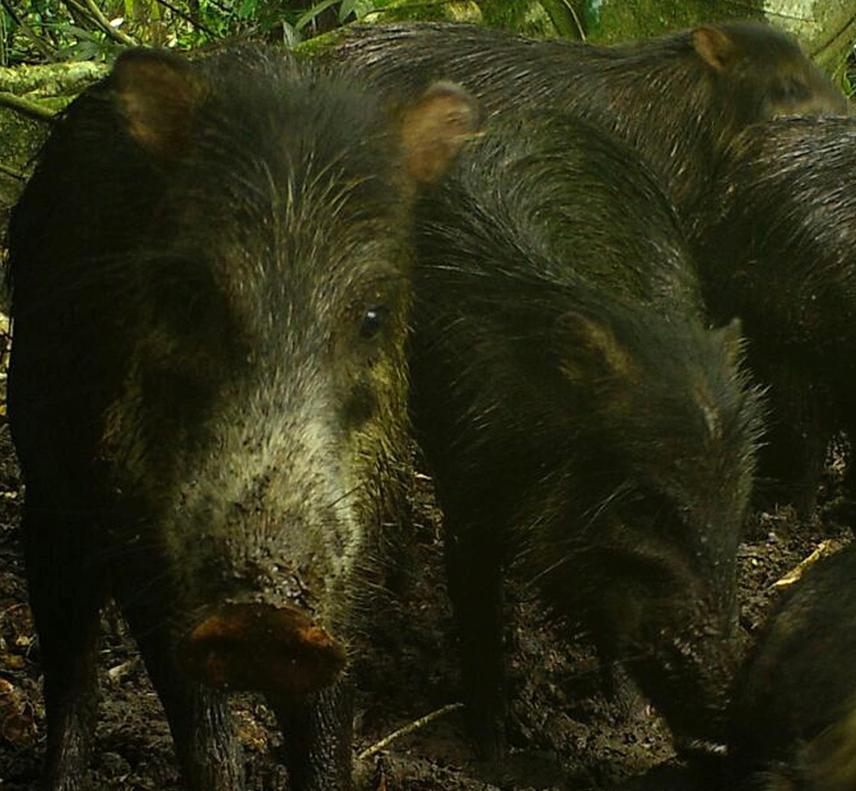Jose Fernando Moreira Ramirez
Other projects
21 Sep 2015
Conservation of an Endangered Social Species: The White-Lipped Peccary (Tayassu pecari) in the Selva Maya
White-lipped peccaries are disappearing in Mesoamerica. During the last evaluation in 2016, reduction from historic range was estimated at 90% for Guatemala. Logging in the Maya Biosphere Reserve is conducted at some of the lowest intensities worldwide (0.8-2.4 trees/ha) and with improved management techniques such as road planning. However, there is a lack of information on the impact of logging on the abundance of endangered species such as WLP. WLPs are thus likely to be highly effective indicator species in the MBR and in the remaining large intact blocks of habitat of the Mesoamerican isthmus. The information obtained will allow us to know how forest management influences the relative abundance of WLP and will be a tool to continue the forest certification of the community concession.

The main objective of the present study is to estimate and compare the relative abundance of white-lipped peccary using a non-invasive method with camera traps and line transects in a community forest area with selective extraction of timber within the Maya Biosphere Reserve, Guatemala.
The project will be focused on the Arbol Verde community forest concession. This community concession has an area of 65,000 hectares and is located in the multiple use zone of the Maya Biosphere Reserve MBR. Ecological monitoring is a requisite for certification by organizations such as the Forest Stewardship Council (FSC) and can serve as evidence of responsible forest management, thereby attracting higher market prices for timber. Therefore, it is important to implement a monitoring of indicator species, such as the WLP, to estimate the impact of forest management and to develop suggestions to help conserve wildlife and their habitat, promoting sustainable forest management. The WLP was selected as a priority Selva Maya landscape species by the WCS Guatemala Program and the National Council for Protected Areas. WLP is a seriously threatened species in Guatemala.
These include large group sizes and their status as a preferred prey species for rural and sport hunters. WLPs are thus likely to be highly effective indicator species in the MBR and in the remaining large intact blocks of habitat of the Mesoamerican isthmus. In Guatemala alone, they have lost at least 90% of their historical range; today, the only known remaining Guatemalan WLP populations are within the MBR.